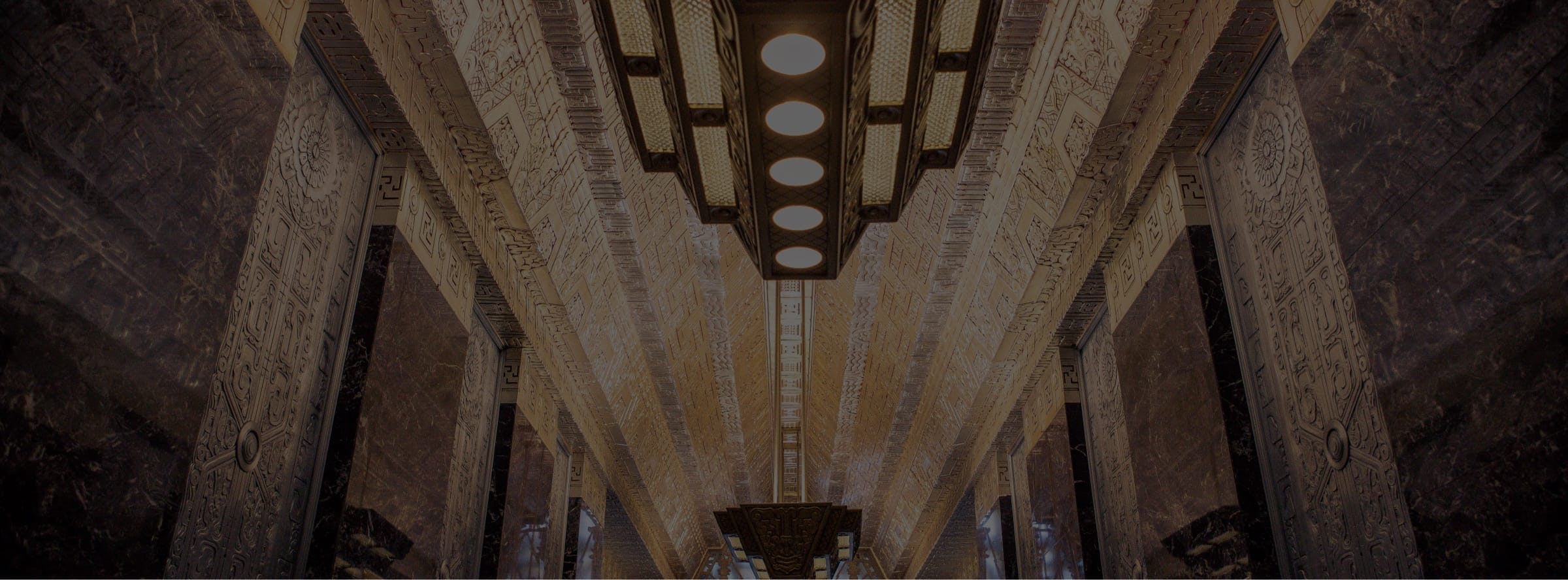Bacteria that leads to periodontal disease is the reason we’re told from early childhood about the importance of good oral hygiene. Periodontitis can cause inflammation, bleeding gums, persistent bad breath, tooth mobility and even tooth loss. Dr. Amin Samadian with advanced dental knowledge and technology can help you treat periodontal disease before it results in bone and tooth loss and reverse a lot of the damage if you have already been suffering from this condition
What Is Periodontal Disease?
Periodontal disease is an infection in the gums typically caused by inconsistent hygiene habits, genetics, immune response, underlying systemic conditions and many other factors. Plaque builds up on the teeth and hardens into tartar, which cannot be removed without the aid of a dentist or hygienist. If left long enough, it can invade the gums and teeth, developing periodontitis. Symptoms include inflamed or bleeding gums, painful chewing, loose or sensitive teeth, receding gums, deep pockets, bone loss that shows in x-rays, mobile teeth, tooth loss, persistent bad breath, or gum abscess.
What Treatments Address Periodontal Disease?
Treatment options for periodontitis depend on the severity of the condition. If periodontal disease is in the early stages, it may require less invasive procedures.
Scaling removes tartar and bacteria from your teeth and beneath your gums using instruments, a laser, or ultrasonic technology which is done by Dr. Samadian’s highly trained dental hygienists.
Root planing smooths root surfaces to disrupt buildup of tartar and bacteria and remove bacterial byproducts that lead to inflammation and inhibit healing and gum reattachment. This treatment is also done by the dental hygienists.
Antibiotics can control infection. They may come in topical form, such as mouth rinses or gels to permeate the spaces between teeth and gums after a deep cleaning. Oral antibiotics may also be necessary to completely eradicate any lingering infection.
Advanced periodontitis conditions may require more invasive intervention, such as:
Flap/pocket reduction is a surgery that lifts a section of gum tissue for access to more thorough scaling or root planing. Bone loss is sometimes of concern, so bone contouring may be required before the gums are stitched into proper position.
Soft tissue grafts reinforce your gums in areas where you may have experienced gum loss. This is typically done with a donor graft from the roof of your mouth, which helps reduce further gum deterioration and covers exposed roots.
Bone grafting is necessary when periodontitis has deteriorated the bone surrounding your tooth’s root. It may be synthetic, donated, or composed of fragments of your own bone. This graft holds your tooth in place and prevents tooth loss by providing the foundation for natural bone regrowth.
Guided tissue regeneration is another method for bone regrowth with the placement of biocompatible fabric between your tooth and existing bone. The material prevents the advancement of unwanted tissue into the space created by the bone loss, giving your bone room to regrow.
Tissue stimulating proteins found in developing tooth enamel are infused within a special gel applied to the diseased root of your tooth. This stimulates the growth of healthy tissue and bone.
LANAP is a laser assisted procedure that removes unhealthy gum tissue and stimulates healthy tissue and bone growth. It is not a surgery and requires no need for incisions or sutures, and may only require 1-2 treatments for remarkable results. Dr. Samadian targets only the infected gum tissue and bacteria with the laser, leaving surrounding tissues unaffected to promote faster healing. Seven variable pulse durations make this a highly customizable procedure, and with no gum incisions, it’s well tolerated by most patients.
Pinhole techniques stop gingival recession in its tracks. This minimally invasive procedure combines flap reduction and guided tissue regeneration and is less intimidating than traditional tissue grafts. Dr. Samadian uses a pinhole incision and tiny instruments to gently reposition gum tissue, lowering it for a more attractive, healthier gum line. Synthetic graft tissue is then added so grafts from the roof of your mouth are unnecessary and much less painful. Then, Dr. Samadian inserts collagen sticks to support collagen production, so your healing is as natural and complete as possible. The results are sustainable, and the procedure takes only 1-2 hours to complete.
Am I A Good Candidate?
If left untreated, periodontal disease can wreak havoc on your gums and teeth, so the sooner you schedule a consultation with Dr. Amin Samadian, the better chance you have of stopping any degeneration, healing your gums, and restoring your teeth. Call today for an appointment.
What’s The Procedure Like?
Every patient’s situation is unique, and as such, so is the treatment Dr. Samadian creates to address periodontal disease. Dr. Samadian with advanced 3D cone beam CT scan technology can determine the exact level of the bone around each teeth and determine the density of the bone as well, based on that, he will build a comprehensive corrective and regenerative treatment plan and maintenance program for your periodontal health.
Why Choose Dr. Samadian?
As the founder of Dion Health, a dynamic healthcare model created for today’s patient care needs, Dr. Samadian is passionate about whole mouth health, including regeneration and tooth structure restoration. Whether your periodontitis is in the early or advanced stages, Dr. Samadian will restore your gums and teeth with grace and compassion, so you’ll be smiling again.
Take The Next Step
If you have questions about Periodontal Disease treatments, we encourage you to schedule a consultation with Dr. Amin Samadian in East Bay, Orinda, Lafayette, Moraga, Piedmont, Danville, San Ramon, Alamo, Walnut Creek, Pleasant Hill, Concord, Oakland, Berkeley, and Brentwood, CA today. You can count on him to help you make an informed decision. Call us at (925-578-3713) or fill out our convenient online contact form.


